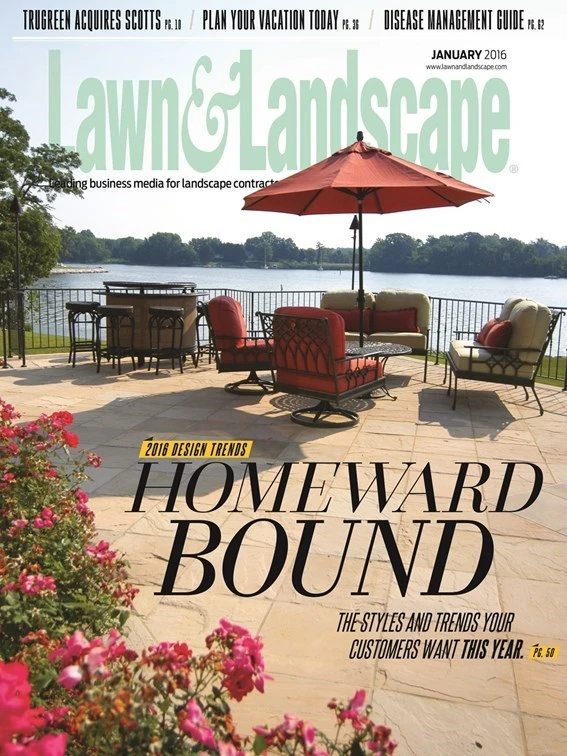
Buying your company’s first skid-steer (or any piece of equipment for that matter) is a big deal. You shouldn’t just walk into a dealership and buy the first one you see, nor should you buy one if you’re not 100 percent sure you need it.
Mike Ransom, construction division manager for Lifescape in Denver, Colorado, says the first thing to do is see if your company really needs to make such a big purchase.
“Buy the equipment based on need,” he says. “That’s a two-part equation. Really look at what projects you have and how many hours you think you have. Two, really think about all the kinds of work you’re attempting to do.”
If your company is small, or doesn’t do a lot of work that requires the skid-steer, he suggests renting. He says financially, paying a daily rate for a month-long rental is a better choice than buying the equipment and not using it enough to get your money’s worth.
Here are a few other tips he has for making that big first purchase.
- Think about who’s going to service your equipment. Whichever manufacturer you’re interested in should have a local dealer so you can go to them if something breaks or needs to be replaced. If you focus on a brand and they don’t have a local dealer, you’ll end up either paying more for servicing, having to go an extended time without the equipment or both.
- Try to get a long demo with the equipment. “(We) even rent it for a month to make sure it works with all those various types of work we may use the machine for,” Ransom says. You may not be able to rent a machine identical to the one you’re looking at purchasing, but being able to use it in the field for a few days and see if it’s really worth the purchase is something every contractor should do.
- Know your work load. “There are great skid-steers out there that are general resources, but when you start getting into lifting weight, grading work, snow removal … that’s where it starts to get very specific.” If you’re not sure what work you’ll use the machine for, Ransom suggests renting equipment until you narrow down what you need.
- Ask, ask ask. Ransom says you need to be willing to ask your dealer questions and let them help you make the best choice for your company. “Manufacturers are getting really great with a kind of questionnaire to help people, but it takes somebody walking in and saying ‘I’m thinking about doing it but help me find the machine for me’ instead of walking in and requesting a specific model,” he says.
- If you’re unsure of size, always go bigger. When Ransom purchased his first skid-steer, for a different company he was working for, he says he got one that was too small. “It didn’t do everything that even two years later we needed it to do,” he says. His suggestion is to go bigger with your investment so the equipment doesn’t become obsolete after a few years. And if your company is growing or expanding its service offerings, renting or leasing may be your best option. “A lot of companies have a pretty good lease program and they offer an exchange on that,” he says. “You can use it for a year or two and swap out the lease.”

Explore the January 2016 Issue
Check out more from this issue and find your next story to read.
Latest from Lawn & Landscape
- Landscape Workshop acquires EdgeForm Landscape Management
- Caterpillar's Umpleby transitions to executive chairman
- Sgro named Yanmar Compact Equipment's North American president
- APHIX acquires Curb Appeal Landscaping in Birmingham
- Project EverGreen helps revitalize Milan Park in Detroit
- Trex Company wins Product of the Year, Judges’ Choice Winner at Environment+Energy Leader Awards
- General Equipment & Supplies in Fargo adds Takeuchi equipment
- Mariani Premier Group acquires Hazeltine Nurseries






